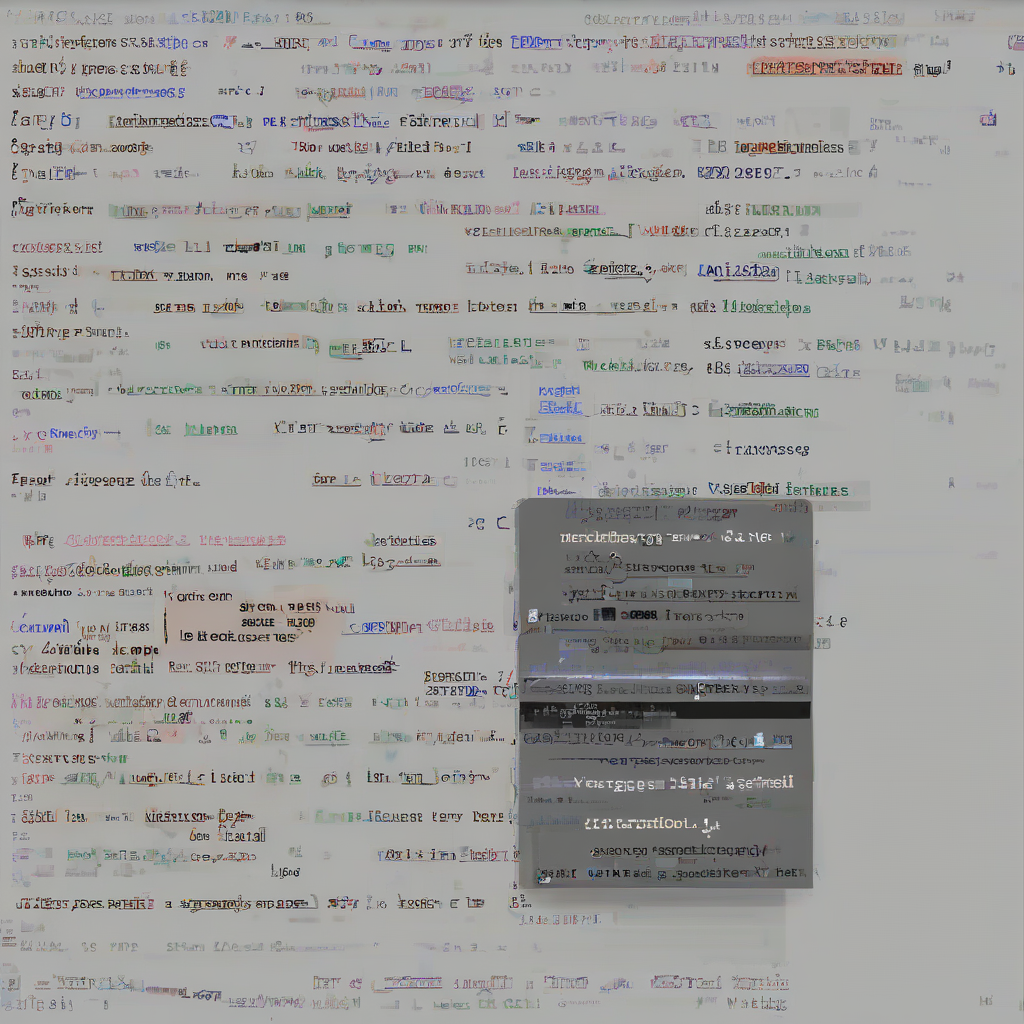Motors and Controls: A Deep Dive into the Heart of Motion
Introduction to Motors
Motors are the fundamental components responsible for converting electrical energy into mechanical energy, enabling motion in countless applications across various industries. From the smallest devices to the largest industrial machinery, motors are essential for powering movement. Understanding motor types, characteristics, and control mechanisms is crucial for designing and implementing efficient and effective systems.
Types of Motors
- DC Motors: Direct Current motors operate on a constant voltage, offering simple control and a wide range of speeds. Subtypes include brushed DC motors, brushless DC motors, and stepper motors. Brushed DC motors are simpler and cheaper but have shorter lifespans due to brush wear. Brushless DC motors are more efficient and longer-lasting, but more complex. Stepper motors provide precise, step-by-step rotation, ideal for applications requiring high accuracy.
- AC Motors: Alternating Current motors run on alternating voltage, commonly found in industrial settings and larger applications. Key types include induction motors (single-phase and three-phase) and synchronous motors. Induction motors are robust, reliable, and require minimal maintenance, while synchronous motors offer precise speed control and high efficiency at constant loads.
- Servo Motors: Servo motors are closed-loop control systems incorporating a motor, position sensor, and controller. They provide precise positional control and are commonly used in robotics, automation, and precision machinery.
- Linear Motors: Linear motors convert electrical energy directly into linear motion, eliminating the need for mechanical transmissions. They are utilized in high-speed applications, such as material handling and rapid transit systems.
Motor Characteristics and Selection
Selecting the appropriate motor for a given application requires careful consideration of several key characteristics:
- Torque: The rotational force a motor can produce.
- Speed: The rotational speed of the motor, often measured in revolutions per minute (RPM).
- Power: The rate at which the motor can do work.
- Efficiency: The ratio of output power to input power.
- Size and Weight: Physical dimensions and mass of the motor.
- Cost: Initial purchase price and lifecycle costs.
Motor Control Techniques
Controlling motor speed, torque, and position is crucial for optimizing performance and efficiency. Several techniques are employed depending on the motor type and application requirements:
- Pulse Width Modulation (PWM): A widely used technique for controlling the average voltage applied to a motor by rapidly switching the voltage on and off. This method is highly efficient and is commonly used with DC motors.
- Variable Frequency Drives (VFDs): Used to control the speed of AC motors by varying the frequency of the input power. VFDs provide precise speed control, energy efficiency, and soft starting capabilities.
- PID Control: A feedback control loop that uses proportional, integral, and derivative terms to maintain a desired setpoint. PID control is effective for precise position or speed regulation.
- Closed-Loop Control: Uses feedback from sensors (e.g., encoders, potentiometers) to compare the actual motor output to the desired output, allowing for accurate control and error correction.
- Open-Loop Control: Does not use feedback; control is based solely on the input signal. Simpler to implement but less accurate.
Motor Drivers
Motor drivers are electronic circuits that interface between the control system and the motor, providing the necessary power and control signals. They protect the control circuitry from high voltages and currents associated with motors.
- H-bridges: Commonly used for bidirectional control of DC motors, allowing for both forward and reverse rotation.
- Gate Drivers: Used to drive the gates of power MOSFETs or IGBTs in motor control circuits.
- Integrated Motor Drivers: Single chips that incorporate all the necessary circuitry for motor control, simplifying design and reducing component count.
Applications of Motors and Controls
Motors and control systems are ubiquitous, finding applications in a vast array of fields:
- Industrial Automation: Robotics, conveyor systems, automated guided vehicles (AGVs).
- Automotive Industry: Electric vehicles, power windows, power steering.
- Aerospace: Aircraft flight control systems, satellite positioning.
- Robotics: Manipulators, mobile robots, humanoid robots.
- Consumer Electronics: Fans, pumps, CD/DVD players.
- Medical Devices: Implantable devices, surgical robots.
- Renewable Energy: Wind turbines, solar trackers.
Advanced Motor Control Techniques
Beyond basic control methods, advanced techniques are employed for enhanced performance and efficiency:
- Vector Control: Precise control of both the magnitude and phase of the motor’s current, leading to improved torque response and efficiency.
- Field-Oriented Control (FOC): A sophisticated control technique that decouples the motor’s torque and flux components, allowing independent control of both.
- Direct Torque Control (DTC): Directly controls the motor’s torque and flux, resulting in fast response and high dynamic performance.
Troubleshooting Motor and Control Systems
Troubleshooting issues in motor and control systems requires a systematic approach:
- Visual Inspection: Check for any visible damage to wiring, connectors, or components.
- Voltage and Current Measurements: Verify that the motor is receiving the correct voltage and current.
- Signal Tracing: Trace the signals throughout the control circuit to identify any faulty components or connections.
- Sensor Checks: Verify that sensors (e.g., encoders, potentiometers) are functioning correctly.
- Software Diagnostics: Use diagnostic tools to identify errors in the control software.
Future Trends in Motors and Controls
Ongoing advancements in motor technology and control techniques are driving innovation across numerous sectors:
- High-efficiency motors: Reducing energy consumption and minimizing environmental impact.
- Intelligent motor control systems: Incorporating artificial intelligence and machine learning for optimized performance and fault detection.
- Miniaturization of motor and control systems: Enabling smaller, more compact designs for various applications.
- Wireless motor control: Eliminating the need for physical wiring, increasing flexibility and reducing installation costs.





